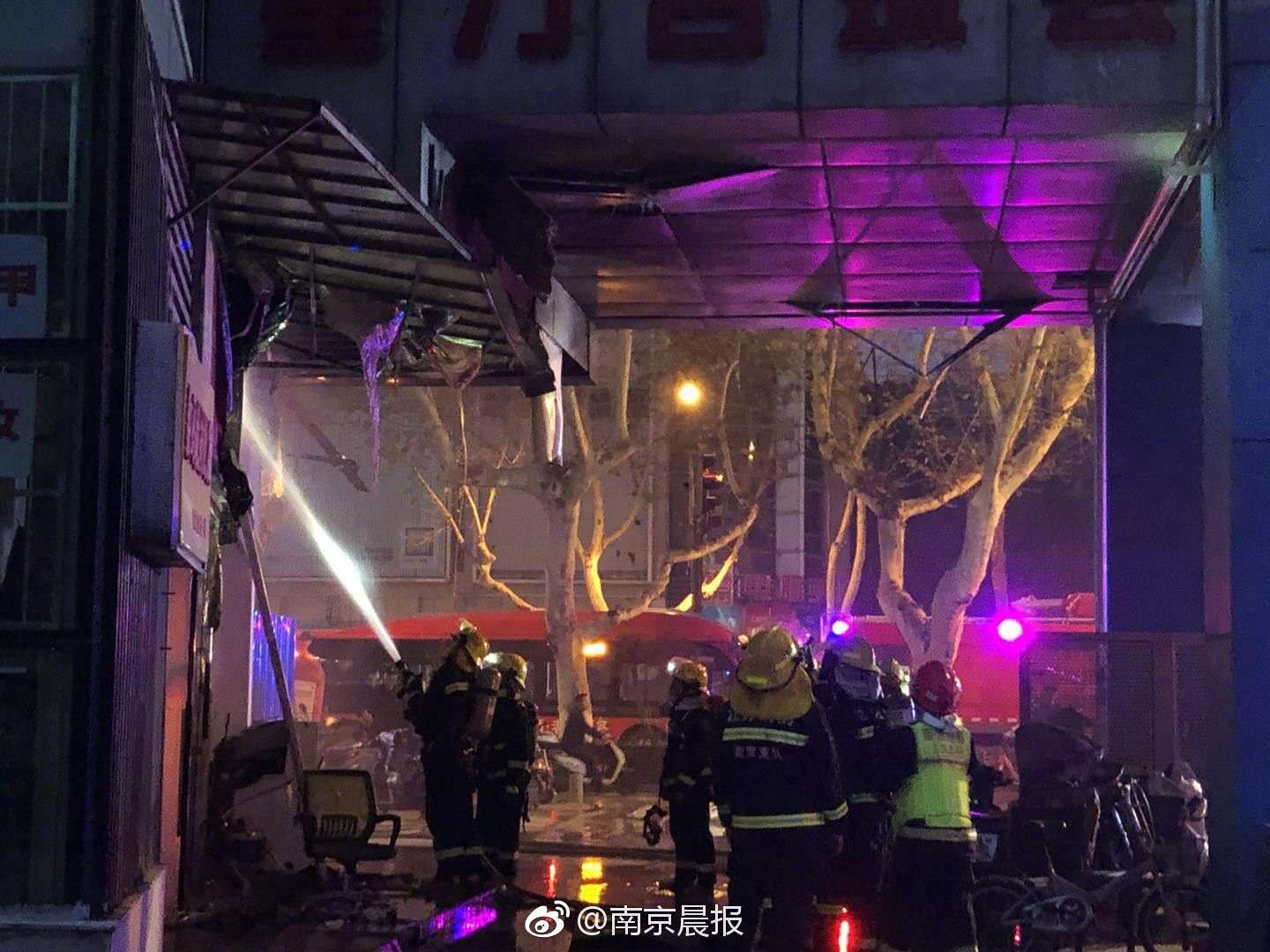
Pernel quality management 1 The internal management of engineering design projects is the core of project management and the core work of the design unit. At present, the competition between design enterprises is becoming more and more fierce. Only by constantly learning and creating research-based organizations can the quality of designers be improved as a whole.At the same time, employees should be encouraged to actively innovate.
Cost management: grasp the use of project costs in real time, strengthen project budget, budget adjustment, expense approval, and effectively control project costs. Quality management: review and test the results of the project, notify the responsible person for rectification and confirmation when quality defects are found, implement reward and punishment measures, and ensure that the quality meets the requirements.
The whole system consists of two parts: the project organization form and the software system.
This article will explore the problems in this regard in combination with the construction example of the engineering supervision information management system of a supervisory company.
How to build an effective and efficient control model for engineering enterprises at the company level through the information group control platform, and realize the project department at the project construction level through the information project management platformThe "fine logistics and fine construction" will be the direction of engineering enterprises to improve the internal execution of enterprises and enhance the market competitiveness of enterprises.
With the development of project management, management experts have found that the design stage has a great impact on the realization of project management goals. This is the consensus that the engineering community has formed: the engineering design cost is generally only equivalent to less than 5% of the project cost, but it is this cost less than 5% that has an impact on the project cost. But it is as high as about 80%.
1. VI Application Element System Design Table Customer-to-Customer Project Category Conference, Guest Meeting Hall, conference room furniture, ashtrays, cushions, hospitality and catering utensils, and stationery for customers.
2. The basic part of VI mainly includes: logo graphics, standard words, standard colors, auxiliary graphics, mascots, and combination specifications.
3. VIS visual recognition system is abbreviated as VI, including enterprise logo, standard word, standard color, standard scope, usage method, business supplies, advertising design, communication media, uniforms, transportation, etc.
4. VIS Identification System Vis (Visual Identity System), that is, enterprise visual image recognition. It is a concept introduced from abroad more than ten years ago, and now it has been accepted by more and more domestic enterprises.
5. Mainly including: Element 1: Brand logo design The core of vis design is the logo design, because if you want to better display the image of an enterprise, you must put more effort on the logo.
1. Design project refers to the process of planning, realizing and delivering feasible products, systems or services according to needs, goals and restrictions. HereIn the process, designers need to ensure the success of the project by analyzing data, researching the market, understanding user needs, conducting experimental tests and other steps.
2. Project planning and design refers to a more specific planning or overall design of the project, comprehensively considering political, economic, historical, cultural, folklore, geography, climate, transportation and other factors, improving the design scheme, and putting forward planning expectations, visions and development mode, development direction, control indicators and other factors. Theory, (content to urban planning).
3. Planning and design projects refer to construction projects with a large workload of survey and design, a lot of collaboration, a long construction cycle or imported from abroad that cannot be started immediately, and require a long time to carry out planning, survey, design and related work.
4. In the projectOn the basis of positioning, make a more specific plan and overall design, so that its function and style are in line with its positioning. Including: the technical solution of feng shui to the problem of urbanization, the reasonable adjustment of various functional systems of the city, the shaping of urban form and landscape environment, and the sustainable development of the living environment.
5. The planning and design of real estate projects includes project scheme design, preliminary design and construction drawing design, etc.
1. The establishment method of engineering supervision information management system and the establishment of the information system further plays a mechanical intervention method for the processing and transmission of information, which can strengthen the systematicity, fairness and neutrality of information.
2. Method analysis of highway engineering supervision 2.1 The supervision of any construction in the pre-construction preparation stage should be prepared in advance before the specific construction. Preparations can be an important prerequisite for the smooth implementation of the construction process.
3. Article 6 For highway engineering projects under construction supervision, the construction unit shall obey the supervision and management of the supervisory unit and cooperate with the supervisory unit to do a good job in supervision; establish and strengthen its own quality assurance system, establish a quality management responsibility system at all levels, and equip full-time quality self-inspection personnel.
4. Communication management: Effective communication and coordination are required for highway construction projects. Project managers should communicate regularly with all stakeholders, including owners, supervisors and contractors. Timely communication can solve problems and ensure that the project is carried out as planned.The above is the basic method of highway engineering construction project management.
The content of the system design manual should include seven aspects. ( 1) Control structure diagram and detailed description of each module. ( 2) Database design instructions. ( 3) Computer and network system configuration instructions. ( 4) Code design instructions. ( 5) User interface design instructions. ( 6) Description of computer processing process. ( 7) Implementation cost estimate.
6 Human-computer interface design: It provides a friendly and interactive interface for users and managers of the system, which is convenient for access, operation and management. 7 Security control design: security protection is carried out from the aspect of software and hardware to ensure the normal operation of the system and reduce the losses caused by various security problems to the system.
including functions and data interfaces) for design. The internal interface design designs the call relationship and data interface between the functional modules within the system. User interface design stipulates the content, interface style, call method, etc. of the human-computer interface, including the so-called form design, report design and the printing output required by users.
Input design: Input design mainly designs in detail the data input by the system, including the source of data, data format, data processing, etc. In the detailed design, it is necessary to consider the validity, integrity, consistency and security of the input data to ensure that the system can receive and process the input data correctly.
The content is different. The requirements specification mainly describes the functions that the software system should complete, including hardware., function, performance, input and output, interface requirements, warning information, confidentiality and security, data and database, document and regulatory requirements, etc. The design manual explains how to realize these functions and performance.
Country-of-origin rules by HS code-APP, download it now, new users will receive a novice gift pack.
Pernel quality management 1 The internal management of engineering design projects is the core of project management and the core work of the design unit. At present, the competition between design enterprises is becoming more and more fierce. Only by constantly learning and creating research-based organizations can the quality of designers be improved as a whole.At the same time, employees should be encouraged to actively innovate.
Cost management: grasp the use of project costs in real time, strengthen project budget, budget adjustment, expense approval, and effectively control project costs. Quality management: review and test the results of the project, notify the responsible person for rectification and confirmation when quality defects are found, implement reward and punishment measures, and ensure that the quality meets the requirements.
The whole system consists of two parts: the project organization form and the software system.
This article will explore the problems in this regard in combination with the construction example of the engineering supervision information management system of a supervisory company.
How to build an effective and efficient control model for engineering enterprises at the company level through the information group control platform, and realize the project department at the project construction level through the information project management platformThe "fine logistics and fine construction" will be the direction of engineering enterprises to improve the internal execution of enterprises and enhance the market competitiveness of enterprises.
With the development of project management, management experts have found that the design stage has a great impact on the realization of project management goals. This is the consensus that the engineering community has formed: the engineering design cost is generally only equivalent to less than 5% of the project cost, but it is this cost less than 5% that has an impact on the project cost. But it is as high as about 80%.
1. VI Application Element System Design Table Customer-to-Customer Project Category Conference, Guest Meeting Hall, conference room furniture, ashtrays, cushions, hospitality and catering utensils, and stationery for customers.
2. The basic part of VI mainly includes: logo graphics, standard words, standard colors, auxiliary graphics, mascots, and combination specifications.
3. VIS visual recognition system is abbreviated as VI, including enterprise logo, standard word, standard color, standard scope, usage method, business supplies, advertising design, communication media, uniforms, transportation, etc.
4. VIS Identification System Vis (Visual Identity System), that is, enterprise visual image recognition. It is a concept introduced from abroad more than ten years ago, and now it has been accepted by more and more domestic enterprises.
5. Mainly including: Element 1: Brand logo design The core of vis design is the logo design, because if you want to better display the image of an enterprise, you must put more effort on the logo.
1. Design project refers to the process of planning, realizing and delivering feasible products, systems or services according to needs, goals and restrictions. HereIn the process, designers need to ensure the success of the project by analyzing data, researching the market, understanding user needs, conducting experimental tests and other steps.
2. Project planning and design refers to a more specific planning or overall design of the project, comprehensively considering political, economic, historical, cultural, folklore, geography, climate, transportation and other factors, improving the design scheme, and putting forward planning expectations, visions and development mode, development direction, control indicators and other factors. Theory, (content to urban planning).
3. Planning and design projects refer to construction projects with a large workload of survey and design, a lot of collaboration, a long construction cycle or imported from abroad that cannot be started immediately, and require a long time to carry out planning, survey, design and related work.
4. In the projectOn the basis of positioning, make a more specific plan and overall design, so that its function and style are in line with its positioning. Including: the technical solution of feng shui to the problem of urbanization, the reasonable adjustment of various functional systems of the city, the shaping of urban form and landscape environment, and the sustainable development of the living environment.
5. The planning and design of real estate projects includes project scheme design, preliminary design and construction drawing design, etc.
1. The establishment method of engineering supervision information management system and the establishment of the information system further plays a mechanical intervention method for the processing and transmission of information, which can strengthen the systematicity, fairness and neutrality of information.
2. Method analysis of highway engineering supervision 2.1 The supervision of any construction in the pre-construction preparation stage should be prepared in advance before the specific construction. Preparations can be an important prerequisite for the smooth implementation of the construction process.
3. Article 6 For highway engineering projects under construction supervision, the construction unit shall obey the supervision and management of the supervisory unit and cooperate with the supervisory unit to do a good job in supervision; establish and strengthen its own quality assurance system, establish a quality management responsibility system at all levels, and equip full-time quality self-inspection personnel.
4. Communication management: Effective communication and coordination are required for highway construction projects. Project managers should communicate regularly with all stakeholders, including owners, supervisors and contractors. Timely communication can solve problems and ensure that the project is carried out as planned.The above is the basic method of highway engineering construction project management.
The content of the system design manual should include seven aspects. ( 1) Control structure diagram and detailed description of each module. ( 2) Database design instructions. ( 3) Computer and network system configuration instructions. ( 4) Code design instructions. ( 5) User interface design instructions. ( 6) Description of computer processing process. ( 7) Implementation cost estimate.
6 Human-computer interface design: It provides a friendly and interactive interface for users and managers of the system, which is convenient for access, operation and management. 7 Security control design: security protection is carried out from the aspect of software and hardware to ensure the normal operation of the system and reduce the losses caused by various security problems to the system.
including functions and data interfaces) for design. The internal interface design designs the call relationship and data interface between the functional modules within the system. User interface design stipulates the content, interface style, call method, etc. of the human-computer interface, including the so-called form design, report design and the printing output required by users.
Input design: Input design mainly designs in detail the data input by the system, including the source of data, data format, data processing, etc. In the detailed design, it is necessary to consider the validity, integrity, consistency and security of the input data to ensure that the system can receive and process the input data correctly.
The content is different. The requirements specification mainly describes the functions that the software system should complete, including hardware., function, performance, input and output, interface requirements, warning information, confidentiality and security, data and database, document and regulatory requirements, etc. The design manual explains how to realize these functions and performance.
How to find authorized economic operators
author: 2024-12-24 01:50Metal scrap HS code classification
author: 2024-12-24 00:31Global trade index visualization
author: 2024-12-24 00:23Expert tips on customs data usage
author: 2024-12-24 00:13Trade data for public policy design
author: 2024-12-23 23:40Trade data for pharmaceutical imports
author: 2024-12-24 00:51Import restrictions by HS code category
author: 2024-12-24 00:12Supply contracts referencing HS codes
author: 2024-12-23 23:59Comparative trade route analysis
author: 2024-12-23 23:41Global trade data storytelling
author: 2024-12-23 23:25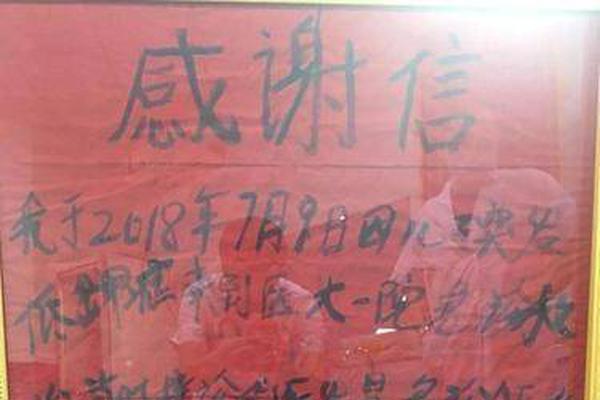 Advanced tariff classification tools
Advanced tariff classification tools
279.63MB
Check How to use HS codes for tariff predictions
How to use HS codes for tariff predictions
891.61MB
Check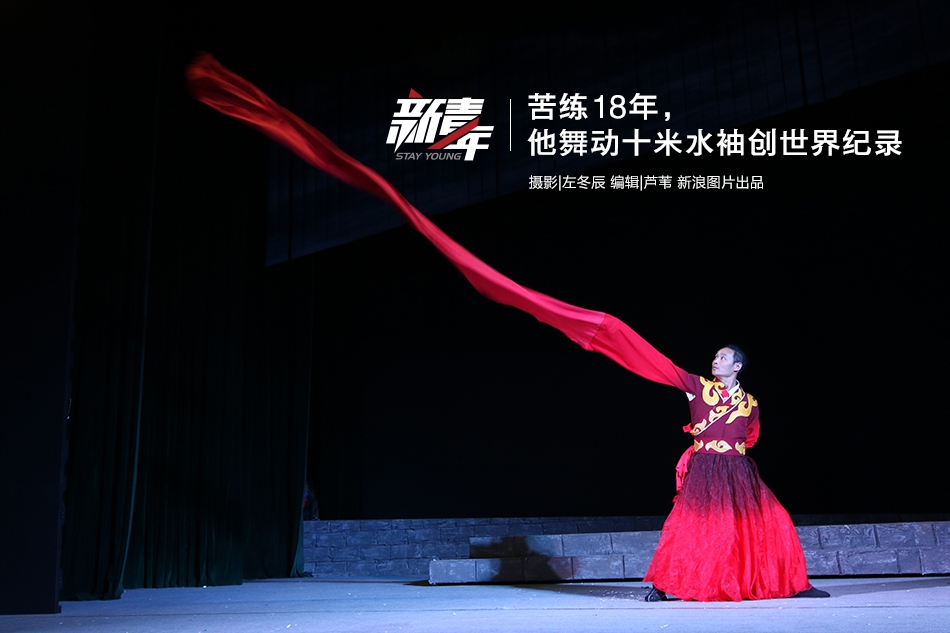 Global trade data warehousing solutions
Global trade data warehousing solutions
748.62MB
Check Long-tail trade keyword research
Long-tail trade keyword research
764.46MB
Check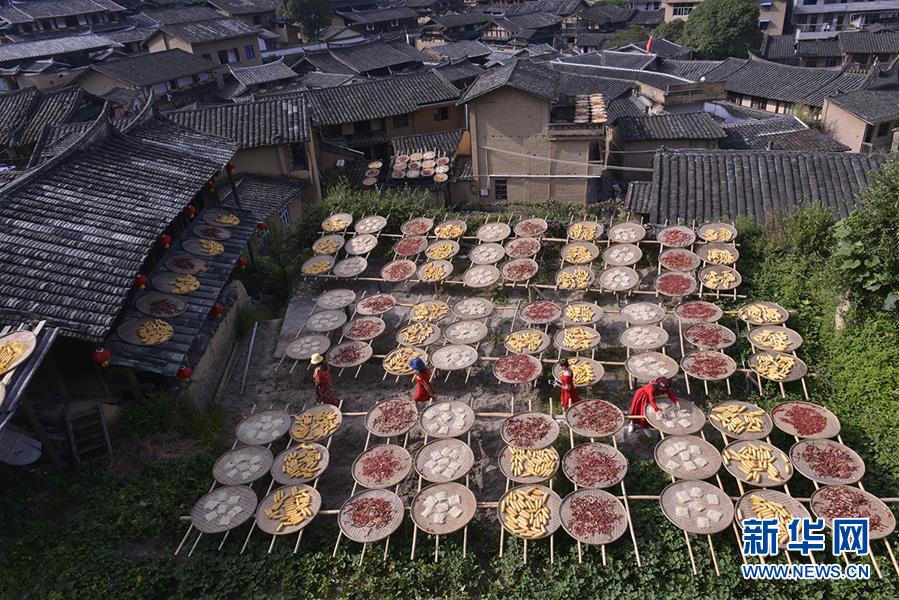 HS code-driven landed cost estimation
HS code-driven landed cost estimation
616.72MB
Check Comparing trade data providers
Comparing trade data providers
735.86MB
Check Grain imports HS code data trends
Grain imports HS code data trends
431.39MB
Check HVAC equipment HS code mapping
HVAC equipment HS code mapping
265.71MB
Check Real-time delivery time predictions
Real-time delivery time predictions
842.26MB
Check Deriving product origin via HS code
Deriving product origin via HS code
191.43MB
Check Asia trade analytics platform
Asia trade analytics platform
521.68MB
Check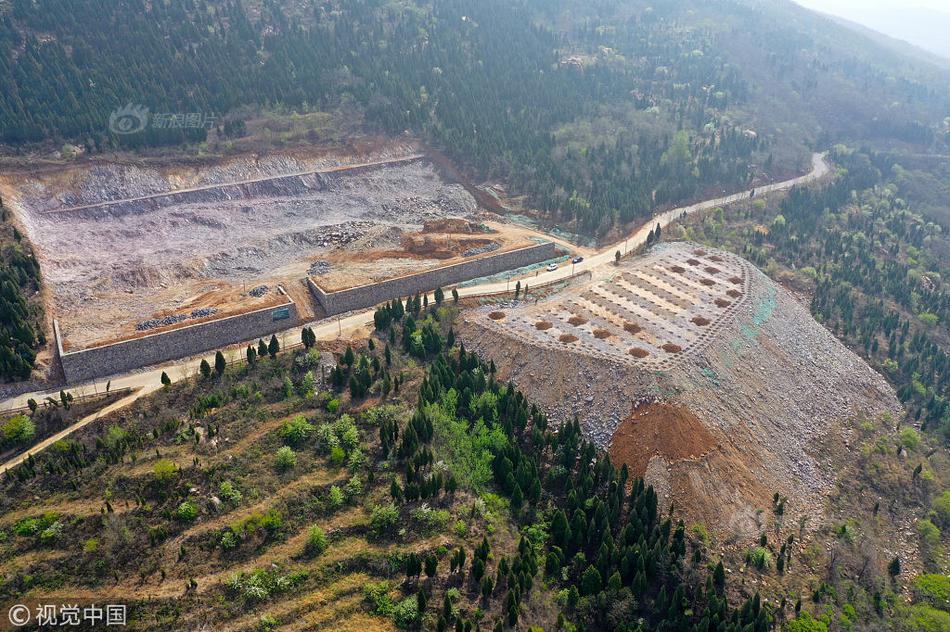 Global import export freight indexes
Global import export freight indexes
156.45MB
Check GCC countries HS code tariffs
GCC countries HS code tariffs
418.44MB
Check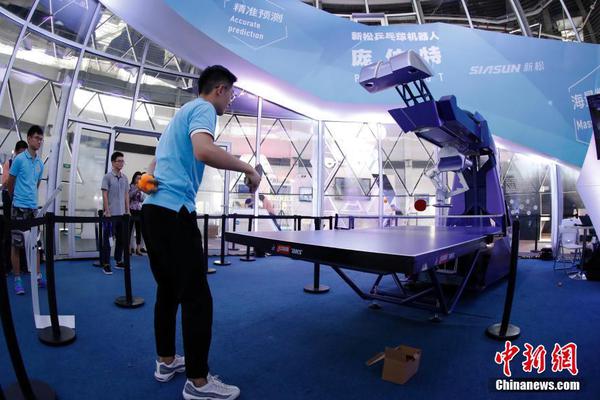 Country trade missions and HS code references
Country trade missions and HS code references
862.46MB
Check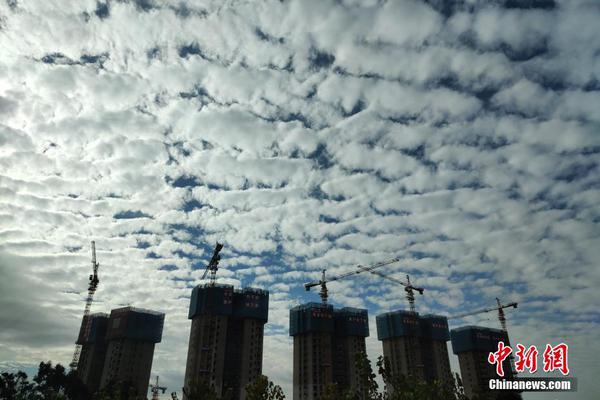 Renewable energy equipment HS code mapping
Renewable energy equipment HS code mapping
162.21MB
Check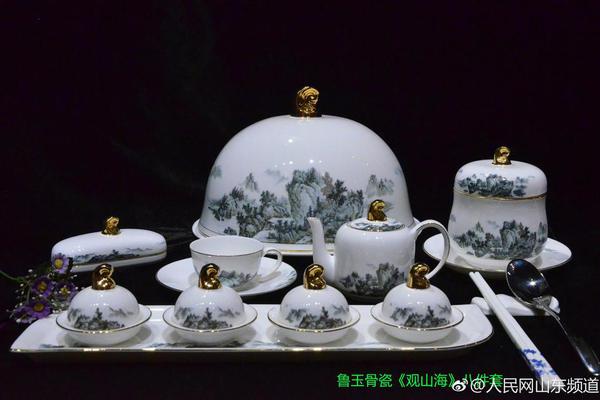 West African HS code trade guides
West African HS code trade guides
292.24MB
Check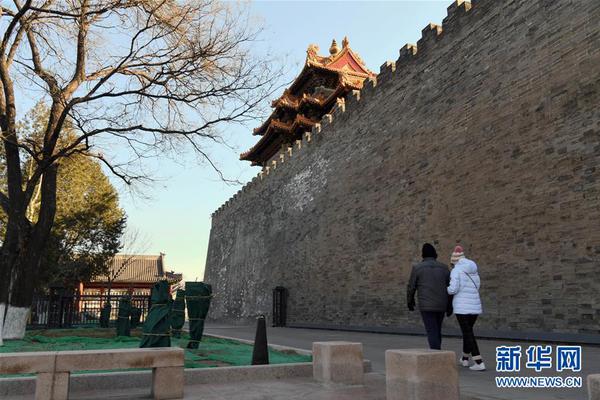 HS code-based cargo insurance optimization
HS code-based cargo insurance optimization
862.66MB
Check Processed foods HS code mapping
Processed foods HS code mapping
268.27MB
Check Organic cotton HS code verification
Organic cotton HS code verification
136.93MB
Check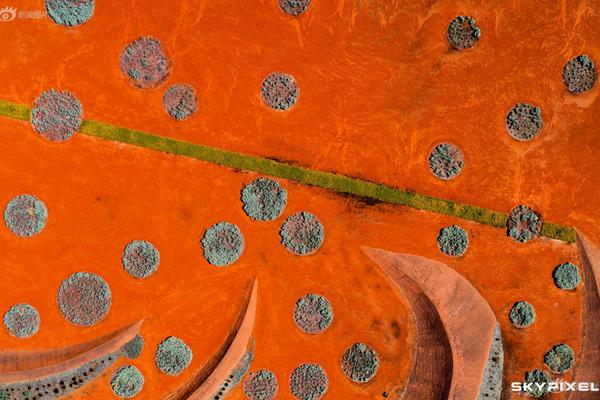 HS code analytics for import quotas
HS code analytics for import quotas
496.17MB
Check USA customs data analysis services
USA customs data analysis services
555.82MB
Check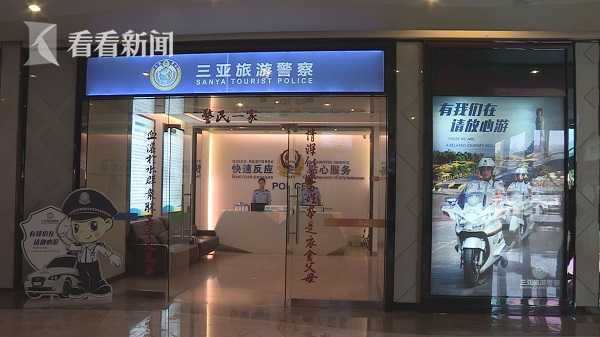 How to align trade data with marketing
How to align trade data with marketing
815.28MB
Check Processed meat HS code verification
Processed meat HS code verification
518.56MB
Check HS code trends in textiles and apparel
HS code trends in textiles and apparel
135.75MB
Check HS code-driven supplier performance metrics
HS code-driven supplier performance metrics
688.11MB
Check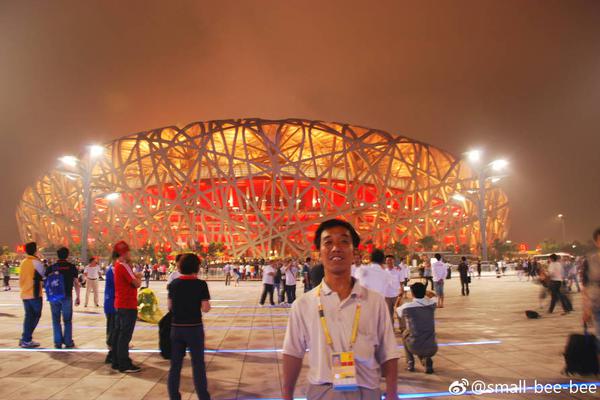 Supply chain network modeling
Supply chain network modeling
158.81MB
Check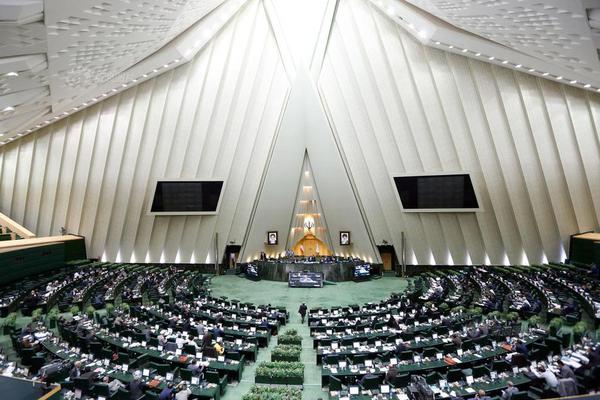 Textile supply chain HS code mapping
Textile supply chain HS code mapping
313.95MB
Check Predictive trade data modeling
Predictive trade data modeling
657.32MB
Check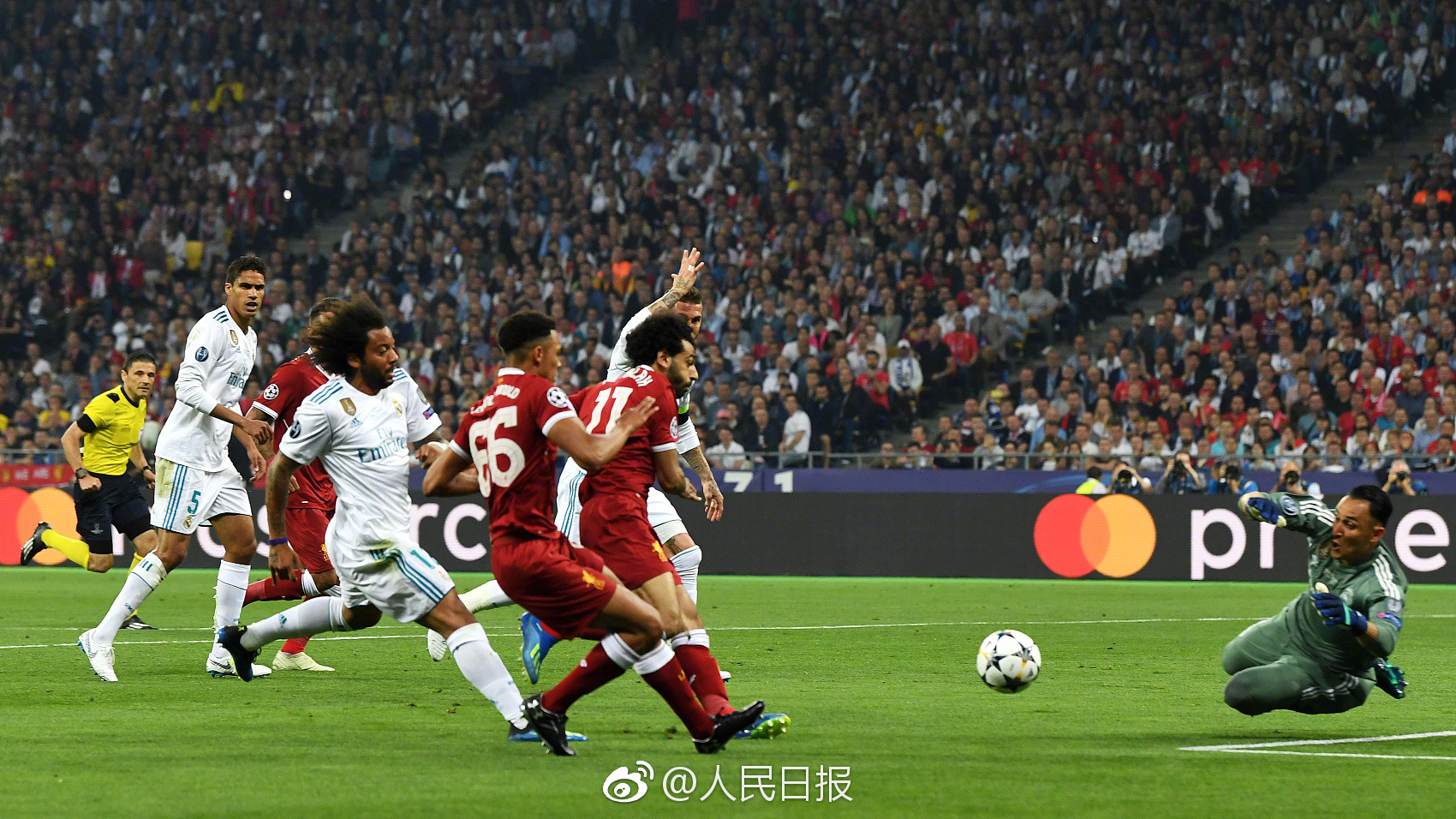 Optimizing distribution using HS code data
Optimizing distribution using HS code data
487.95MB
Check Industry-focused market entry reports
Industry-focused market entry reports
951.73MB
Check Import export software solutions
Import export software solutions
453.23MB
Check Real-time HS code duty updates
Real-time HS code duty updates
117.23MB
Check How to ensure trade compliance audits
How to ensure trade compliance audits
922.45MB
Check Trade data-driven logistics planning
Trade data-driven logistics planning
542.57MB
Check Sourcing intelligence platforms
Sourcing intelligence platforms
175.83MB
Check HS code application in re-export scenarios
HS code application in re-export scenarios
598.24MB
Check
Scan to install
Country-of-origin rules by HS code to discover more
Netizen comments More
1099 HS code metrics for performance dashboards
2024-12-24 02:04 recommend
2349 Petroleum products HS code insights
2024-12-24 01:39 recommend
2916 Real-time supplier performance scoring
2024-12-24 01:32 recommend
2879 HS code correlation with export refunds
2024-12-24 00:50 recommend
1326 Medical devices HS code mapping
2024-12-23 23:47 recommend